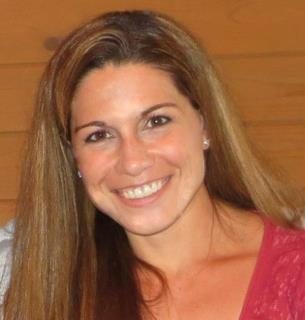Goal Setting 201
I’m sure you’ve heard it before (we are big fans of goal setting at Experience Triathlon), planning your goals for the upcoming race season is very important! Whether you started working on your goals with the Christmas cookies or you’re waiting until the Valentine’s Day chocolates, it’s not too late to outline what you’d like you race season to look like.
Yes, your goals need to be measurable and achievable. Coach Bob did a great job outlining that in his blog post from February 2014; if you haven’t read it, I would recommend that you do so! I’d like to drill a little further into the “achievable” part of those goals.
Why did you choose this goal? Let’s say you decided that this is the year you are going to run a 3:30 marathon. Consider what makes 3:30 magic for you—is it because you are already a 3:35 or 3:40 marathon runner looking to take off a little time? Is it because your internet friends are all putting up 3:30 marathons and you want to keep up? Is it because you’ve never run a marathon before and 3:30 is somewhere between “Kenyan” and “Average Guy?” Your answer to this question will help determine how achievable this goal is for you. You may want to set one or two goals for the season that are fairly reasonable for you to achieve, like taking a couple of minutes off of your half marathon time or running your first 10k, and then maybe one stretch goal that would require both high quality training and a really good day.
Part of what will determine if your goal is achievable is how close you are to your goal already. If you are looking to make big changes, whether it’s a significantly longer distance or a significantly faster pace, do you have enough time in your regular schedule to do the training required to make those changes? While the rules aren’t necessarily hard and fast for how many weekly hours are required for each race distance, it may be difficult to finish that half-ironman if you don’t have time to do the appropriate-length long rides for that distance! If you are juggling child care and a job or other big commitments, it may be worth sticking with shorter distance races that don’t require as much training time and set your sights on getting faster in the training time you have available.
Setting achievable goals is also easier if your goals are a result of things you can control. It’s fine to set a goal of getting on the podium at a specific race, but you have no control over who shows up on any given day. You might have a rock star year of high quality training and be hitting all your numbers and Andy Potts shows up at your A race to duke it out with Craig Alexander. That podium may be out of the question and there’s nothing you could have done to change the outcome!
You can also change your goals as the season goes on. Maybe in February a half-Ironman in the end of July was on tap for you, but in May you had a golden opportunity at work and spent six weeks working through half of your training time. That half-Ironman might not make sense anymore, but you may be well-conditioned to do an Olympic-distance race instead.
A successful season is within your reach! If you do a good job setting achievable goals, all you have to do is put in the hard work and execute on race day. Good luck and happy training!
Judie Refvik is a USA Certified Triathlon Coach with Experience Triathlon. As leaders in the endurance services industry, Coach Judie and the Experience Triathlon team help athletes of all ages and abilities achieve success in training, racing and life. Learn more about Coach Judie and Experience Triathlon at www.experiencetriathlon.com

